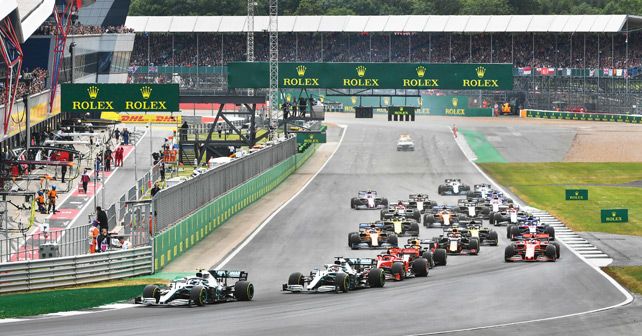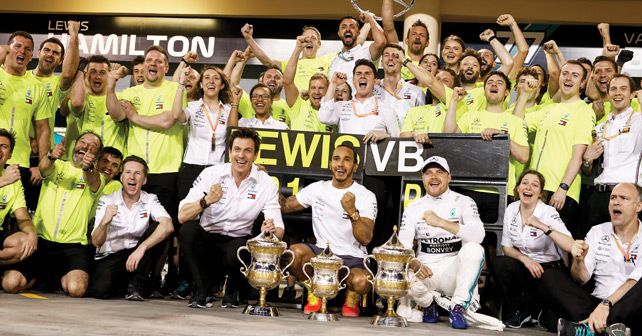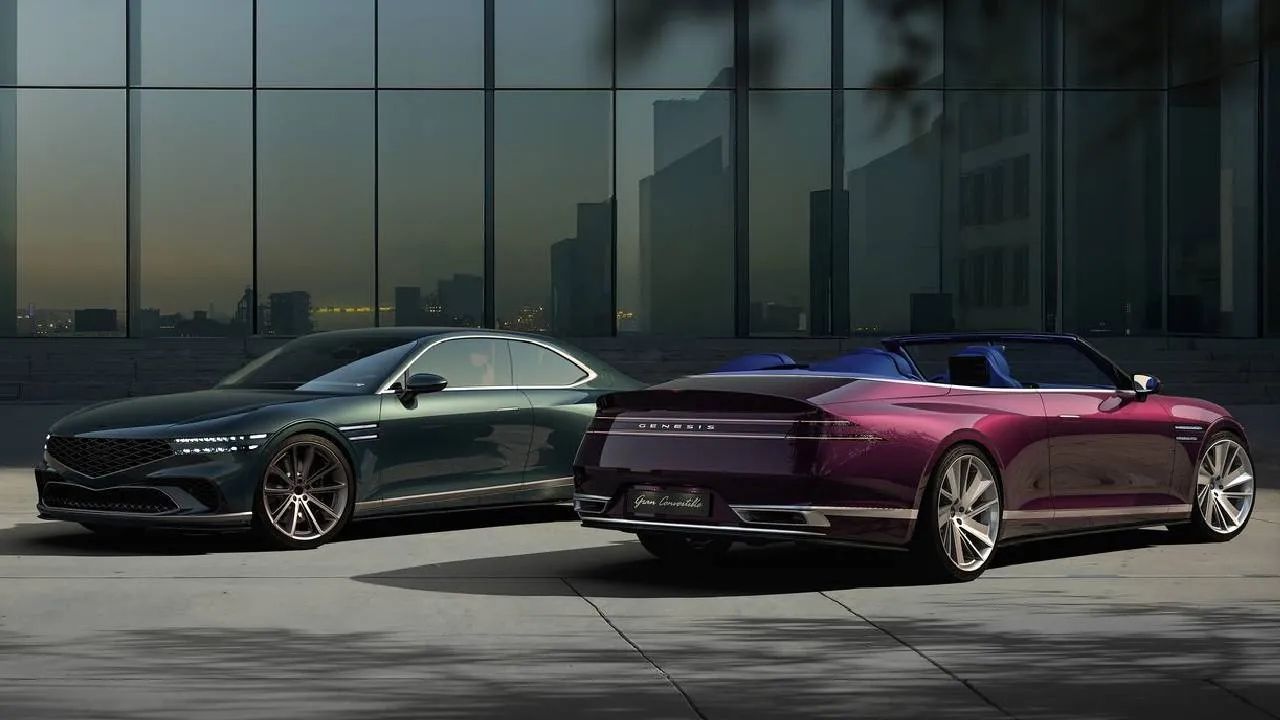The F1 budget cap will benefit all teams
Recent rumours in F1 circles suggest that there are two new teams being put together in preparation for the rule changes, which will be introduced in 2021. Of course, as we know, these new rules will include a budget cap and – hopefully – cheaper cars.

Joe breaks down why a budget cap in F1 makes sense for everyone involved – including the big teams who remain opposed to it.
Recent rumours in F1 circles suggest that there are two new teams being put together in preparation for the rule changes, which will be introduced in 2021. Of course, as we know, these new rules will include a budget cap and – hopefully – cheaper cars.
At the moment, the entry process is under discussion, but, under the terms of the existing rules, newcomers need to provide a $20 million bond and satisfy the FIA that the team has what it takes to operate in Formula 1. The problem is that none of the new teams have instant access to prize money, as they need to finish in the top-10 in two consecutive years in order to qualify for the full prize money. This has meant that, in the past, new teams have been at a huge disadvantage and several of them have gone out of business as a result of the odds being stacked against them.
The discussion now is whether or not new teams should have immediate access to the prize fund, which would then have to be divided between 12 teams, rather than 10. The existing teams argue, quite rightly, that this is unfair as they will end up with less money, and that they have invested heavily – so the new teams should not be given money immediately.

However, it’s clear that the sport will be healthier if there are more teams, and what is really not a good idea is to have new teams that fail. One solution that has been proposed is for the new teams to pay $200 million up front in order to qualify for prize money. In effect, this means that they need around $120 million, as they will instantly get $80 million back in the first year from prize money. That is still a great deal of money. The proposal is that the entry fee paid by the new teams will be divided up between the existing teams, to offset their prize money losses. If there are two new teams, each paying $200 million, that means that each existing team will get $40 million, in addition to the $80 million that’s already expected. After that, the prize fund will be divided by 12, rather than 10. The new teams will thus be able to survive more easily. The problem with this theory is that it’s probably cheaper for someone to buy an existing team than to enter a new one. The Force India team was acquired by Racing Point last summer for considerably less than $200 million and, there are always going to be teams that are doing less well financially than others.
The $200 million payment seems to be the least worst solution in the circumstances, because the existing teams feel that their investment in, and loyalty to, F1 should not result in them being penalised. At the moment, of course, Formula 1 teams are not the assets they could be. They cost too much money and their revenues do not always outweigh their costs. Some of those who have bought teams in recent years have done so on the basis that the teams will one day be worth a great deal if the budgets can be reduced and the revenues pushed up. The moment F1 team ownership becomes cost neutral, then the teams will have huge valuations, similar to the kind of franchise valuations one sees in other sports. There’s no reason that this cannot happen, but the key is to bring down the budgets – which is something that the big rich teams oppose because it erodes their performance advantages. This is a selfish approach, but there are few corporations involved in F1 for altruistic reasons. They are there to be successful. But all corporations must look at the bottom line and must justify their activity to their shareholders.
The agreement to have a budget cap is the first step towards a solution to this problem because once a cap is established, the pressure will build internally to reduce the outlay as bosses of the big teams will ask why they are spending $300 million when smaller operations are achieving similar results with $150 million… The impetus will thus be to reduce the spending still further, because they all have to justify their spending to shareholders, and being cost-effective is the Holy Grail of the automobile industry. This may not appeal to the racers in each of the companies, but ultimately they will be overruled. We see that at the moment with Renault, which is battling to get to the top with smaller budgets than its opposition. It’s not easy to achieve, but it is the shape of things to come.
If F1 ultimately becomes more cost-effective, then it will attract more manufacturer interest because of its marketing power around the world. At the moment, carmakers are scared away by F1’s massive budgets and so choose cheaper Formula E, or easier ways to win. But the bottom line remains the same – F1 is still the most powerful motor racing series and will remain so in the years to come. Winning Le Mans or the Indy 500 might be seen as a good option, but these require advertising to spread the word. Formula E is seen as environmentally friendly and is cheap (in manufacturer terms), but it has nothing like the market penetration of F1. And manufacturers will leave as quickly as they arrived when the prices start to rise and they cannot beat their rivals. It is the classic boom-bust cycle that we’ve seen in touring car and sports car championships over-and-over. There’s no reason that this will change any time soon, as Liberty is doing all the right things to grow F1 into an even bigger spectacle.
Joe Saward has been covering. Formula 1 full-time for 30 years. He has not missed a race since 1988.
Also read - An analysis of the budget cap for Formula 1 teams
























Write your Comment on